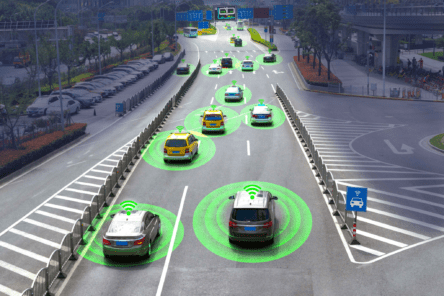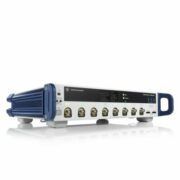Autonomous vehicles are highly complex and dynamic systems – they must meet rigorous safety, security, interoperability and data processing requirements. With RTI Connext DDS, Real-Time Innovations provides the only standard-based framework to support autonomous vehicle development from research to production.
RTI Connext DDS is used as the primary connectivity framework for in-car communications. It can meet the latency, throughput and scalability requirements of even the most demanding use cases, for example, scalable sensor fusion, using extensive QoS (Quality of Services) parameters, peer-to-peer connectivity, and efficient handling of large data. With no need for servers and brokers, and through its flexible, extensible data model, Connext DDS easily scales according to task, from simple lab applications to multiple teams working in a distributed environment, supporting the evolution of applications across domains and over time.
Standards-compliant and secure
To meet certification requirements for ISO 26262 ASIL-D, the functional automotive safety standard, RTI Connext DDS provides a pathway. Its run-time libraries provide developers with high-level publish/subscribe communication APIs that simplify application logic. It also eliminates the need for custom networking code and accompanying certification artifacts, avoiding years of effort and millions of dollars in cost.
Connext DDS Secure offers the only fine-grained security standard appropriate for control applications and autonomous applications. Manufacturers can selectively apply need-based security policies, such as authentication, access control and encryption to specific use cases. This speeds up transactions and supports low-latency communication for autonomous vehicles by avoiding the need to apply one size fits all security.
Interoperability support for multiple platforms
Connext DDS is a data-centric, interoperable framework that supports nearly 100 different platforms, including the most common systems used in autonomous system development. Code can be reused across vendor platforms. Extensible file types allow for the evolution of the system without breaking interoperability.
It supports the use of DDS in both the Robotic Operating System (ROS2) and AUTOSAR Adaptive platform. Its layered databus architecture connects these and other systems together for optimized end-to-end data sharing without the need for customized coding.










